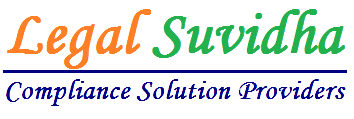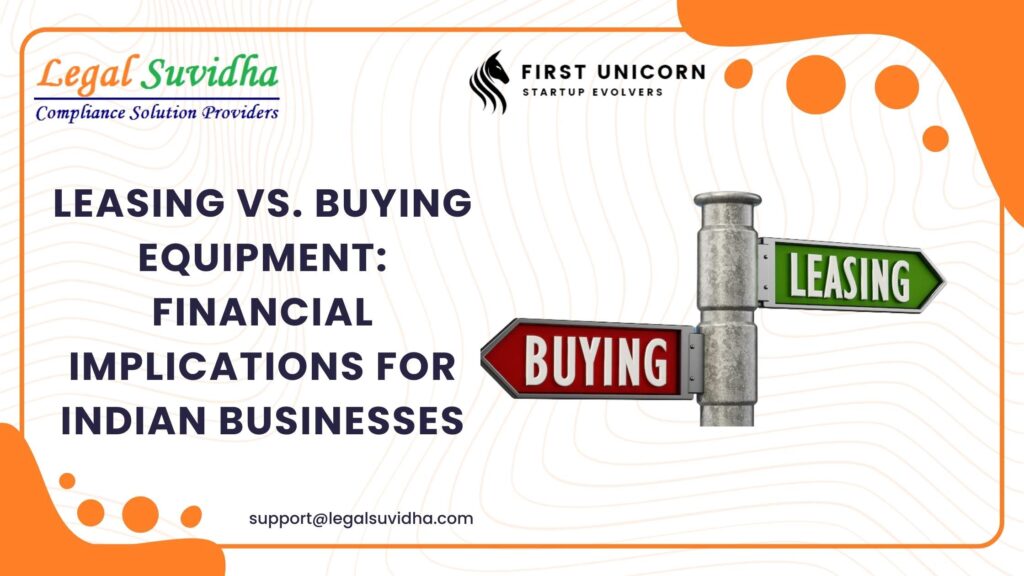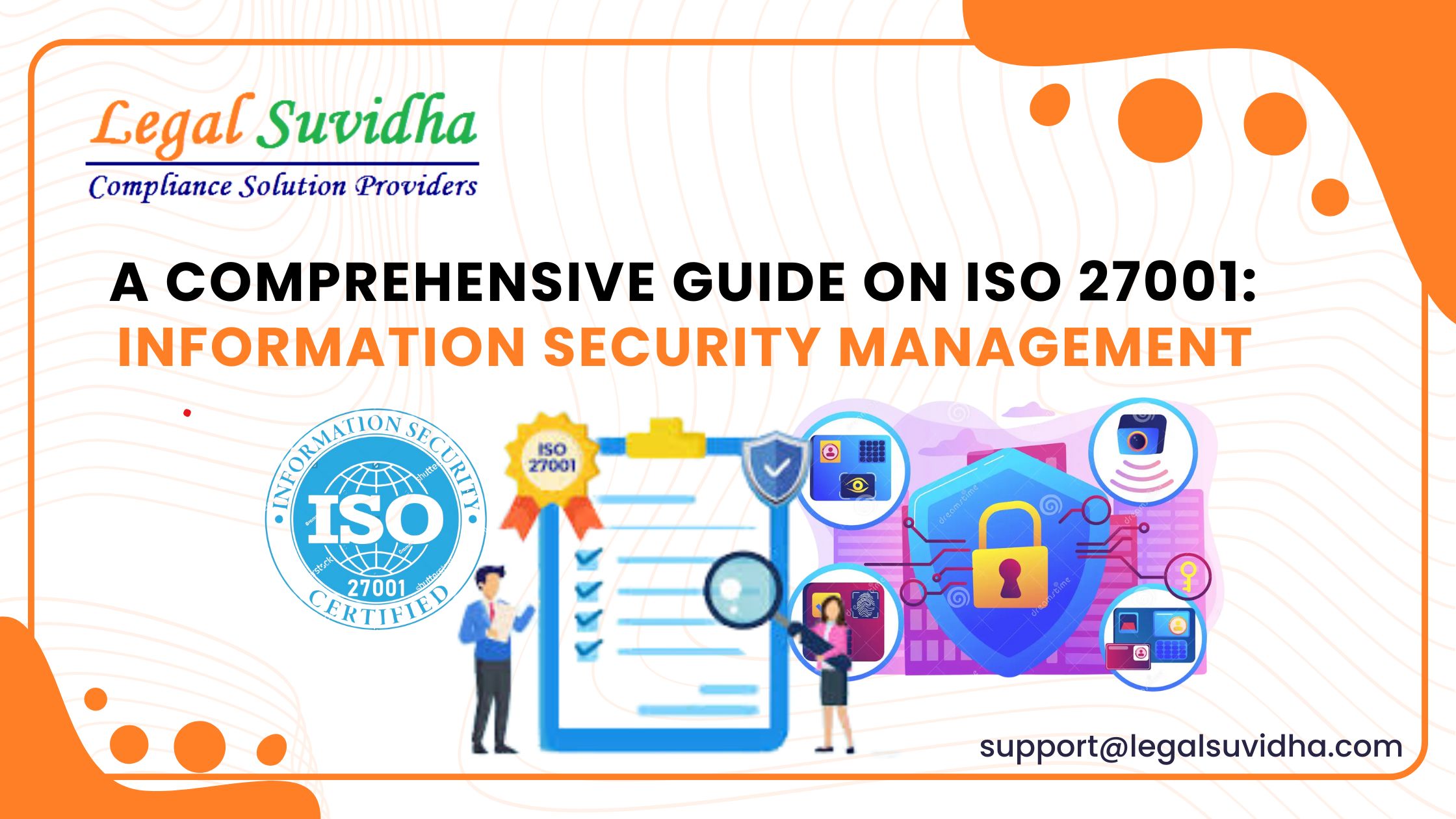Leasing vs. Buying Equipment: Financial Implications for Indian Businesses
What Does It Mean to Lease Equipment?
Leasing equipment involves renting assets from a leasing company for a specific duration in exchange for periodic payments. This option is widely popular in industries such as construction, manufacturing, and information technology due to its flexibility and cost-effectiveness.
Types of Leases in India:
- Operating Lease: Short-term agreements where ownership remains with the lessor, and the lessee pays only for usage.
- Financial Lease: Long-term arrangements where the lessee assumes ownership risks and benefits but does not own the equipment outright.
Key Examples:
- IT companies leasing servers for 3-5 years.
- Construction firms leasing heavy machinery like cranes and excavators.
What Does It Mean to Buy Equipment?
Buying equipment involves outright ownership, either through upfront payment or financing options like EMIs. This is often preferred for long-term use or assets with stable technology.
Common Methods of Purchasing in India:
- Upfront Purchase: Immediate full payment for ownership.
- EMI Financing: Monthly installment payments through loans.
- Vendor Financing: Vendors offering flexible payment terms.
Key Examples:
- MSMEs purchasing industrial machinery.
- Farmers buying tractors through agricultural financing schemes.
Leasing vs. Buying: Key Financial Implications
1. Cost Comparison
- Leasing: Minimal upfront costs but higher cumulative costs for long-term use.
- Buying: High initial investment but potential savings over time.
2. Tax Benefits
- Leasing: Lease payments are deductible as business expenses under the Income Tax Act.
- Buying: Depreciation and interest on loans offer tax benefits.
3. Impact on Cash Flow
- Leasing: Preserves cash flow with smaller periodic payments.
- Buying: High upfront costs may strain cash reserves but provide long-term stability.
Leasing vs. Buying: Pros and Cons
Pros of Leasing:
- Low initial investment.
- Tax-deductible lease payments.
- Access to the latest technology.
Cons of Leasing:
- No ownership or equity.
- Higher costs for long-term use.
Pros of Buying:
- Full ownership and asset control.
- Tax benefits through depreciation.
Cons of Buying:
- High upfront costs.
- Risk of obsolescence in technology.








